The streets of Shanghai shimmered under the neon lights as an unusual fashion show took center stage last week. Models glided down the runway not in Versace or Chanel, but in flowing hanfu robes woven with luminous fiber optics, their wide sleeves fluttering with mechanical precision. This was no ordinary display - the collection featured seven humanoid robots wearing hybrid garments that merged Ming Dynasty tailoring with artificial intelligence-responsive fabrics. The event, titled "Future Ancestors," marked a bold new phase in China's cultural export strategy: using cutting-edge technology to reintroduce traditional aesthetics to global audiences.
Behind this spectacle lies a decade-long cultural renaissance quietly unfolding across China. What began as niche hanfu enthusiast clubs in university towns has blossomed into a full-fledged movement embracing classical Chinese aesthetics. Young designers are digging through museum archives to recreate Song Dynasty dyeing techniques, while tech companies collaborate with folklore scholars to digitize ancient textile patterns. The government has taken notice, incorporating "Zhongguo feng" (Chinese style) into its soft power initiatives. Last year's policy paper on cultural industries explicitly mentioned supporting "the innovative integration of traditional elements with contemporary technology."
The hanfu revival movement initially gained traction through social media platforms like Douyin and Xiaohongshu. Early adopters posted photos of themselves wearing intricate historical recreations at subway stations or coffee shops, creating striking juxtapositions of past and present. By 2022, the domestic hanfu market surpassed $2 billion, with over 60% of consumers aged 16-25. International interest followed organically - YouTube channels dedicated to hanfu styling tutorials gained millions of overseas subscribers, while Western celebrities began wearing Chinese-inspired designs on red carpets.
Technology companies saw an opportunity in this cultural moment. Huawei's research lab in Suzhou developed an augmented reality app that overlays historical garment information when users point their phones at museum artifacts. Alibaba's AI team created a algorithm that generates new textile designs based on analysis of thousands of classical paintings. The most ambitious projects involve physical integration - like the "Peony Pavilion" robotic performance that combined kunqu opera with animatronic puppetry, which toured twelve countries to critical acclaim.
Professor Liang Wei of Tsinghua University's School of Art and Design observes: "This isn't mere nostalgia. Young Chinese creators feel empowered to reclaim their aesthetic heritage on their own terms - sometimes with historical accuracy, other times through radical reinvention. The technology serves as both magnifying glass and kaleidoscope, allowing us to examine tradition with unprecedented clarity while refracting it into infinite new possibilities."
The "Future Ancestors" show exemplified this philosophy. One standout piece featured a qixiong ruqun (a high-waisted Tang Dynasty dress) with a skirt that changed colors based on the wearer's biometric data. Another reinvented the zhiduo scholar's robe with nano-fabric that displayed calligraphy only under specific lighting conditions. The robotic models themselves became talking points - their movements programmed to mimic the dignified gait described in ancient etiquette manuals, creating an uncanny valley effect that blurred boundaries between past and future.
International reactions have been mixed but engaged. Vogue China's editorial praised the "audacious synthesis," while The Guardian questioned whether the high-tech approach diluted cultural authenticity. Notably, the discussion itself represents a shift - Western media now debates nuances of Chinese aesthetics rather than reducing it to orientalist tropes. Meanwhile, European fashion schools report surging enrollment in courses on Asian textile history, and the Met's Costume Institute recently acquired several tech-infused hanfu pieces for their permanent collection.
Back in Hangzhou, the startup that created the show's robotic models has received partnership inquiries from luxury brands and tech giants alike. Their next project involves developing "cultural ambassador" robots that can explain Chinese art history while demonstrating tea ceremony or guqin playing. As CEO Zhang Rong explains: "We're not just exporting products, but an entire aesthetic framework. When people interact with these creations, they're experiencing how Chinese culture perceives the relationship between humanity, nature and technology - something that feels increasingly relevant in our digital age."
This cultural output coincides with China's broader technological ambitions. The same research driving these artistic projects has applications in smart textiles and human-robot interaction. Some analysts suggest this represents a new model of soft power - rather than Hollywood-style narrative exports, China is offering tangible experiences that fuse cultural identity with innovation. The approach appears effective: searches for "Chinese aesthetics" on Pinterest increased 340% last quarter, while exhibitions of digital heritage art routinely sell out in major Western cities.
Yet challenges remain. Intellectual property disputes have arisen as international fast fashion brands appropriate designs without credit. Some traditionalists argue the tech integrations disrespect heritage. And the global political climate inevitably colors reception - a fact acknowledged even by the movement's proponents. "Cultural exchange thrives on mutual respect," notes curator Li Xiaofei, who recently organized a Sino-French holographic art exhibition. "Our goal isn't to replace other aesthetics, but to expand the world's visual vocabulary with China's historical richness."
As the hanfu-robotics trend gains momentum, its implications extend beyond fashion. The movement reflects a generation's desire to reconcile rapid modernization with cultural roots - a tension felt globally in the digital age. Perhaps more significantly, it demonstrates how non-Western civilizations can shape technological development according to their own aesthetic values rather than simply adopting foreign paradigms. The next chapter may unfold in unexpected domains: architecture firms are already experimenting with AI-generated garden designs, while automakers explore dashboard interfaces based on classical landscape painting principles.
On the eve of Paris Fashion Week, where three Chinese tech-aesthetic brands will debut, the conversation has come full circle. What began as college students wearing historical costumes has evolved into a sophisticated cultural export strategy. The hanfu-robot runway might appear futuristic, but its power stems from something timeless - the human impulse to adorn ourselves with meaning, whether through silk threads or binary code. As global audiences encounter these creations, they're not just seeing clothes or gadgets, but witnessing the renegotiation of tradition in the digital era.
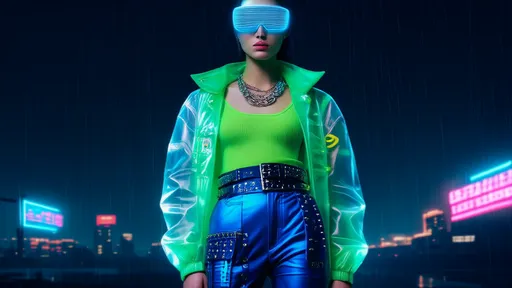
By /Aug 15, 2025
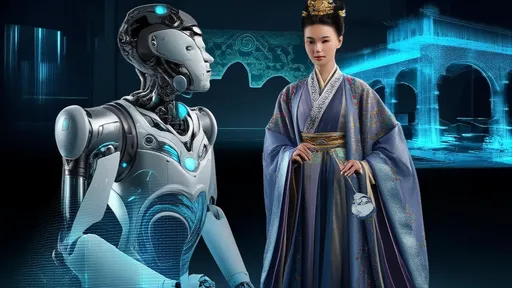
By /Aug 15, 2025
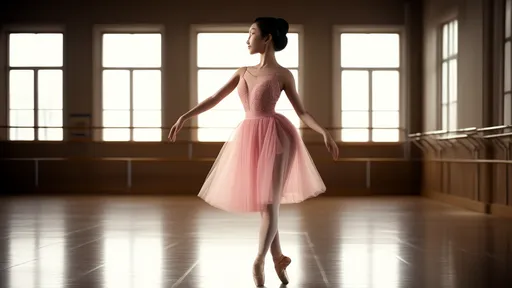
By /Aug 15, 2025
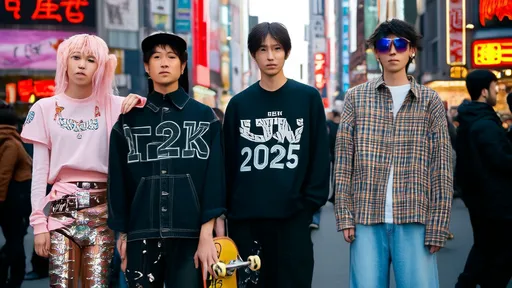
By /Aug 15, 2025

By /Aug 15, 2025

By /Aug 15, 2025
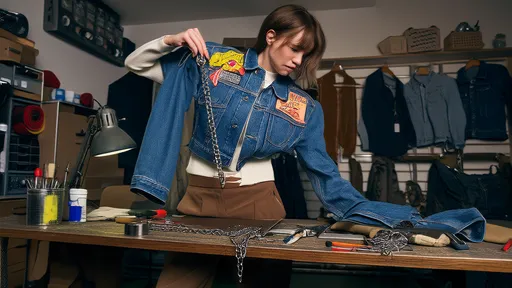
By /Aug 15, 2025

By /Aug 15, 2025

By /Aug 15, 2025
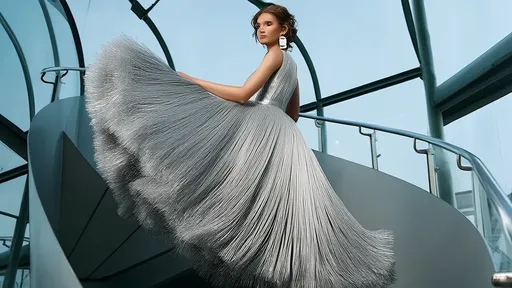
By /Aug 15, 2025
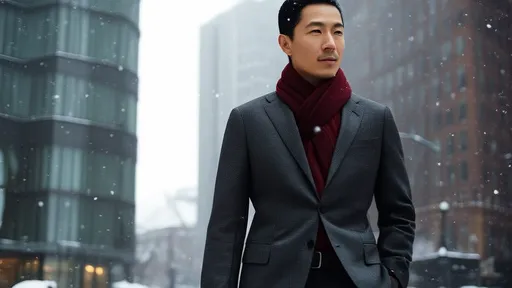
By /Aug 15, 2025

By /Aug 15, 2025

By /Aug 15, 2025
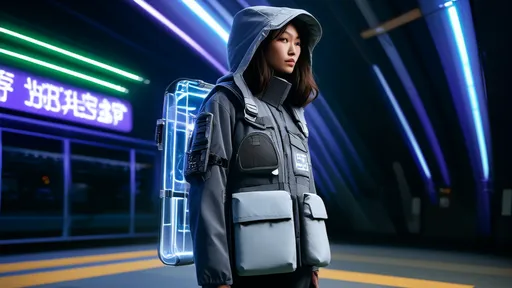
By /Aug 15, 2025
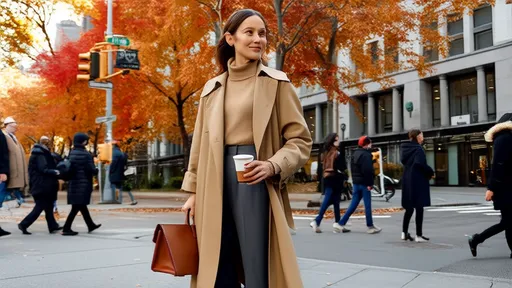
By /Aug 15, 2025

By /Aug 15, 2025
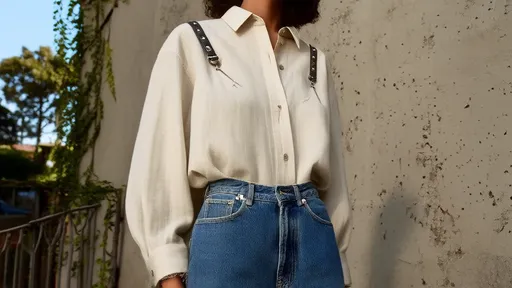
By /Aug 15, 2025
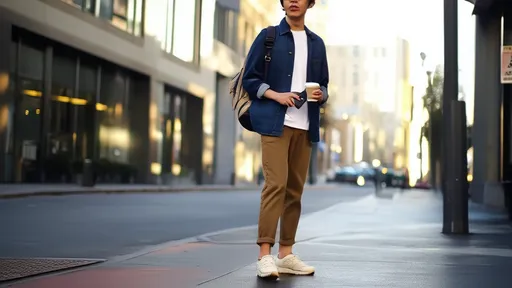
By /Aug 15, 2025
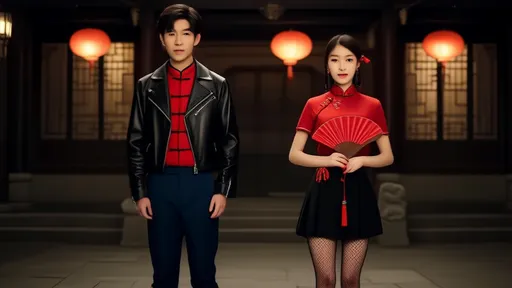
By /Aug 15, 2025
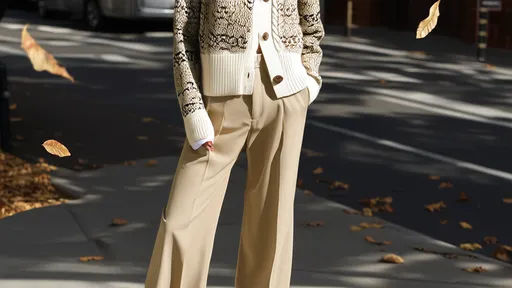
By /Aug 15, 2025